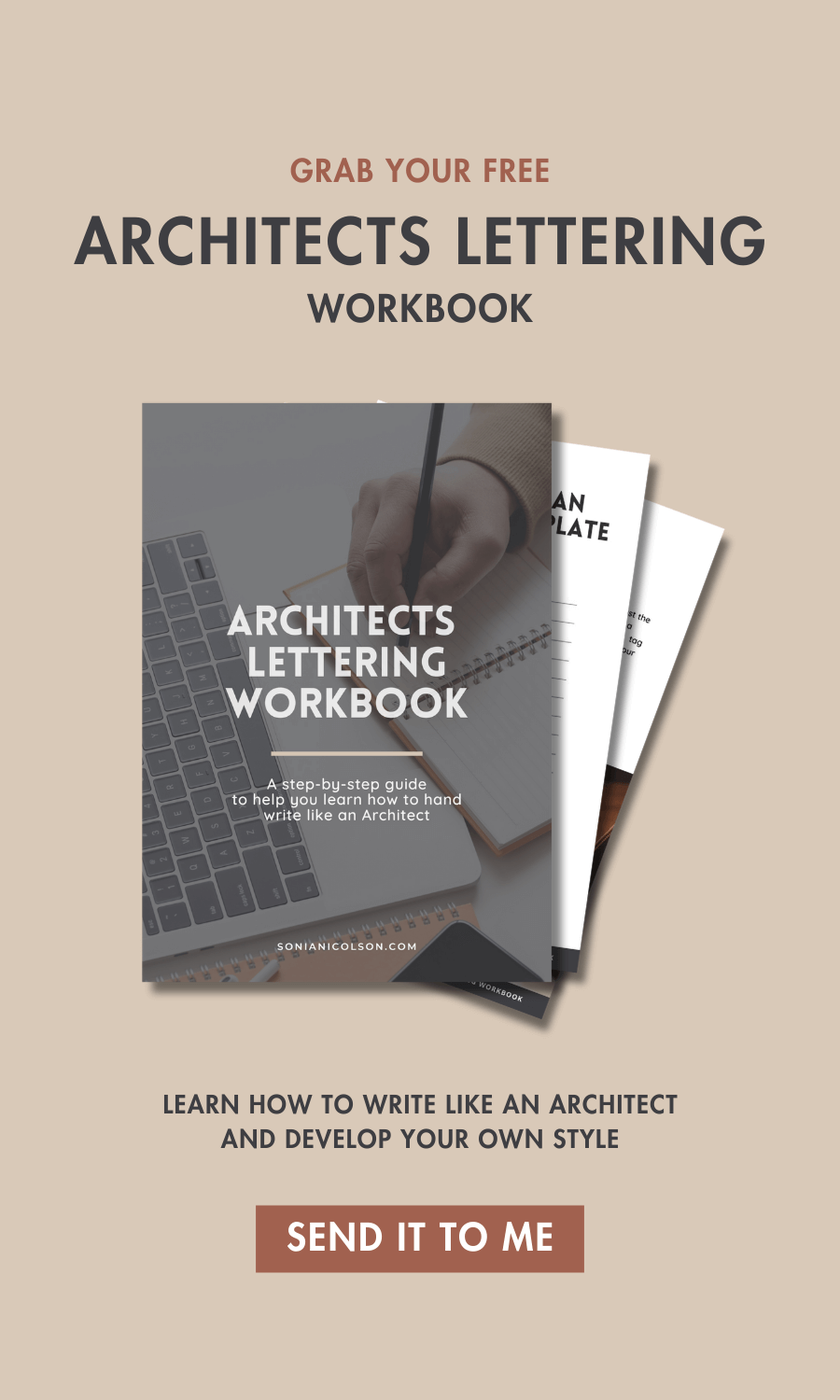Architecture Students: Stationary & Software
/Congratulations!! You’ve just accepted your place at University, College or Art School…now what?
Getting prepared for your course: stationery and stuff
You will likely receive a list of books and supplies for your course, watch your budget, and don’t get carried away. Art and designer students tend to have a love for stationery already so you might not need to get too many items before you start but if you do, below I'm sharing some of the more practical items for you to invest in.
WATCH THE VIDEO
Student Expenses
Becoming a student of higher education comes with a lot of different expenses. Fees are obviously a big one, and you might be looking at moving out and into student accommodation so rent and travel expenses come into it, food, bills, supplies, etc. Start to list out all your expected expenses so you can start to work ut your budget and how you will cover them.
Moving out, leaving home, and learning to live without the support of your folks or roommates. Of course, for some of you, student life still means living at home - slightly more awkward for all-nighters but possibly better on the budget.
If you are planning on moving out and into your own place then start to prepare a box of basic; pots and pans, cups, plates, towels, bedding, etc. Charity shops and Facebook marketplace could be your best friend soon.
Making money whilst studying
You might need to look into a part-time job or freelance work whilst studying and learning to balance course work with paid work, and fitting in some downtime can be challenging.
Well done if you already have this covered and can continue in a job you are in but if not then see if your chosen school has a ‘job shop’ (this is a place where you can find jobs suited to students, hours, semesters).
Once you are on campus, keep an eye out for shop/bar/restaurant with adverts in the windows, often places will be looking for Saturday help or evening shifts ideal for students. It is best to try and find out what your term schedule will be first as courses have classes and lectures at different times, not always every day, therefore you can pick up shifts to work around your classes and workload.
Materials, Budget, DIY
Art students can spend a lot on materials but it is wise to collect materials as you go if you are not already doing this. Make life easier for yourself by making your own sketchbooks, storing cardboard sheets for models, and presenting on both sides of the mount board. Budget, try to buy materials as you go, and do not leave it to a day before a hand in. Get that printing credit on your card, pay off the Library fine, book your holiday travel and start to save money for that study trip.
Stationery
As an art student, of any design course, you will be expected to come to class and tutorials prepared with your own equipment.
The following is a list of what I would recommend for students of subjects like Interior Design, Architecture, Interior Architecture, and ModelMakihng - it’s a good idea to keep them all in a durable container (a small toolbox is commonly used):
Technical drawing pens (0.3, 0.5, 0.7)
Set of technical rulers (adjustable set square)
Variety of glue (PVA, UHU, Pritt stick, Spray mount)
Variety of tape (masking, double-sided, Scotch)
A4/A3 tracing paper, or a roll
A roll of cheap greaseproof paper (used as tracing paper)
External hard drive/memory stick/CDs for backing up your computer work
I advised to have the following at home:
A parallel motion/T-square drawing board (A3 is sufficient)
A1 portfolio case and a few inexpensive A3 portfolio folders
Computers: Mac or PC?
It’s like an age-old question within the design community - PC or Mac? Personally, whilst studying and working as an Architect, I always worked on a PC due to the software I mainly used. These days, I love my Mac and work a lot on my iPad Pro. If you are planning to purchase a new machine, speak to your course team first.
Most courses will not require you to purchase a computer or laptop but it’s advisable in the long term and might make your life a lot easier.
A lot of Universities and Colleges have computers for you to access on campus however this might not be convenient for working from, and more suited to group work.
Your phone is perfectly adequate for notes and pictures, and you might find an iPad or surface a more user-friendly, lightweight option for working between classes, lecture theatres, libraries, and so on.
Base tech purchases on your budget of course, and your working style.
Design software
If you decide to work from your own computer (PC/Mac) then you'll need to look into getting hold of the appropriate software (student discounts often apply).
I recommend the following software, especially for Interior Design, Interior Arch and Architecture students, but please check with your course team for more info:
Autodesk - AutoCAD, Revit, 3D Studio Max
Adobe - Photoshop, Illustrator, InDesign
Google SketchUp
NOTE: It is worth waiting until you have been advised by your tutor as to which software they support and will be teaching you, and when.
Often you will not be on a computer until term 2 / 3 of a course.













